According to Tengku Tan Sri Mahaleel Tengku Ariff, Proton had plans for several suggested models and new technologies in the past. The former CEO of Proton revealed this in a Facebook post recently, along with a few images of these potential cars.
For starters, there was an idea for a Gen2 station wagon designed by Russell Carr – the current head of design at Lotus Cars. Meanwhile, the GX-MPV concept and Edag Zawawi’s sketch reveal an alternative design for what would become Proton’s first MPV, which as we all know, ended up being the Exora.
Tengku Mahaleel also noted Tengku Djan was involved in the Sepang project, which was to make Malaysia’s first sports car. The model bears resemblance to the Lotus Europa, and visitors to the 2010 Kuala Lumpur International Motor Show would probably be reminded of the Lekir Concept.
The SRM (Satria Replacement Model) platform – used for the Satria Neo – was also the basis for many spin-off models. This included a four-door sedan and five-door hatchback, with other suggestions being a two-door convertible and even an MPV.
As with the first-generation Satria, a GTi variant was also in the works for the second-gen Satria Neo, along with a racing version. While a Satria Neo GTi never came into existence, CPS-equipped models did receive GTi-like styling enhancements, and R3 specials like the Lotus Racing were produced.
Around the time of the CamPro engines, Proton was already testing its new engine family (NEF), which included 2.2 litre and 3.0 litre V6 powerplants. Tengku Mahaleel stated the engines were “better, cheaper and more powerful than Petronas’ engine.”
He added that the V6 was designed in advanced for downsizing to a three-cylinder unit if required. Furthermore, the V6, which could be augmented with a supercharger, was claimed to be world-leading in many aspects – it had an output north of 400 hp.
This powerplant was said to be developed for use in Proton’s most advanced model called the MSX – shown as the Lotus APX Concept in 2006. Based on a modular chassis, the six-seat hatchback featured an aluminium body to keep the weight down, and could do 260 km/h (the APX was earmarked at 245 km/h). Recently, it was confirmed that Lotus is working on its own SUV, which at one point was considered to be sold as Proton by then chairman Tun Dr Mahathir Mohamad.
Those were some interesting plans for the national carmaker back then, don’t you think? Let us know what your thoughts are on Proton’s previous plans in the comments below, and whether they would have helped change the company’s fortunes.
AD: Drive the Proton model of your dreams. Submit your details and Proton PJ will get in touch with you.
Looking to sell your car? Sell it with Carro.

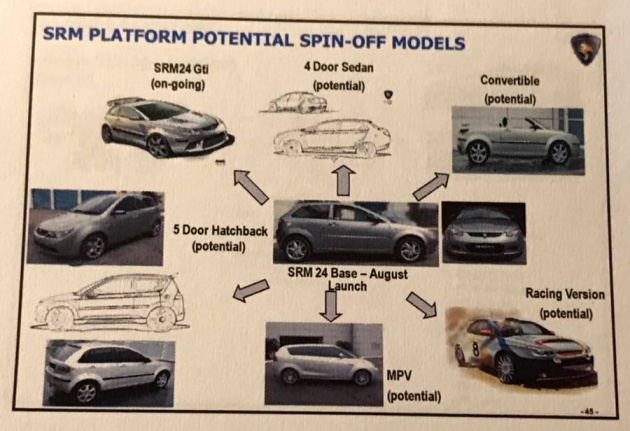






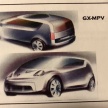
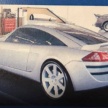
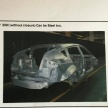
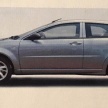
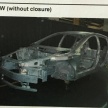
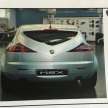
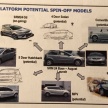
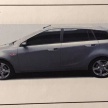

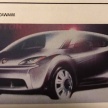
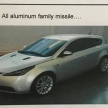
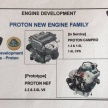
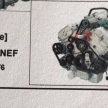





















AI-generated Summary ✨
The comments reveal a generally negative sentiment towards Tengku Mahaleel’s proposed plans for Proton, criticizing it for unrealistic ambitions, poor execution, and lack of tangible results. Many lament the missed opportunities, especially regarding the failed Gen2 wagon, Satria Neo, and issues like engine reliability, outdated designs, and quality problems like power window failures. Several feel that Proton’s past strategies, including over-modeling and poor product focus, contributed to its decline. While some acknowledge Mahaleel’s passion, the consensus is that his legacy is marred by poor quality cars, unfulfilled promises, and misguided projects. There’s skepticism about upcoming models, with comments emphasizing the importance of improving fundamentals before ambitious plans. Overall, comments convey disappointment, frustration, and disbelief regarding Proton’s direction and past leadership.